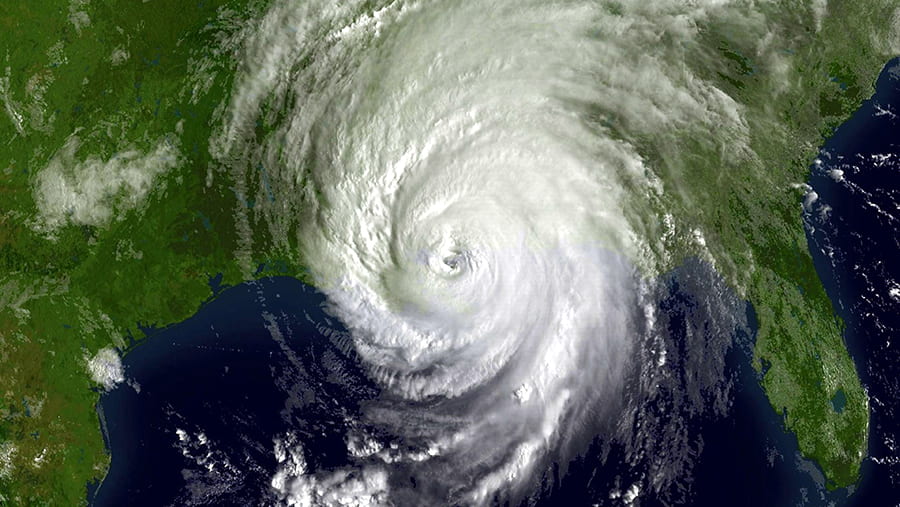
Date and location: November 20, 4:30 p.m. in Room 115, West Sibley Hall
Eric Nost is a geographer researching how data and technology inform conservation. He draws on and contributes to the fields of political ecology, science and technology studies, and digital geographies. Nost’s most recent project followed the state of Louisiana’s efforts to simulate future wetlands loss along the Gulf Coast. Based on interviews, document surveys, and attendance at public meetings, Nost explored how bureaucrats and ecosystem scientists develop an infrastructure for modeling, build an institution and lean on technologies to learn from their simulations, and apply their findings to planning large-scale coastal restoration. Nost received a Ph.D. in geography (2018) from the University of Wisconsin–Madison.
Nost is currently an assistant professor at the University of Guelph, where he teaches classes in nature-society geography and (web) mapping, using maps to publicize hidden dimensions of environmental policy. He also participates in the Environmental Data and Governance Initiative, tracking how the U.S. federal government portrays climate change and other issues on the web. For the past several years, Nost has collaborated in an effort to collate and visualize U.S. Environmental Protection Agency data on the North American hazardous waste trade.
Abstract:
Adaptation planning includes contextualizing global and regional climate data within specific decision-making processes. As such, planners are increasingly interested in climate services. Climate services involve the expert production of forecasts, scenarios, economic analyses, and other data products to help users meaningfully address local changes and variabilities. For instance, in the state of Louisiana, modelers tailor 50-year storm, precipitation, and sea-level rise predictions to help planners select adaptive ecological restoration projects. Modelers do so by downscaling the data, combining it with other social and biophysical information, and framing results in terms of stakeholder interests.
In this lecture, Nost questions what it means to develop adaptation information that is geared towards specific users and stakeholders. Given the growing recognition that adaptation planning can prove maladaptive, Nost asks, when do climate services actually exacerbate existing vulnerabilities? To answer, he draws on three cases from Louisiana’s coastal Master Plan and highlights political-economic factors informing climate services: influential stakeholders, funding dynamics, the framing of planning decisions, and differential harms and benefits. Nost argues that when climate data is made relevant to existing interests, budgets, and plans, it can reproduce vulnerabilities and foreclose transformative adaptation. However, marginalized stakeholders can also pressure experts to contextualize data in ways that mitigate vulnerabilities. I conclude that climate services research and practice should expand user-centered approaches by asking climate services for whom and by assessing the winners and losers from climate variability, change, and adaptation actions themselves.